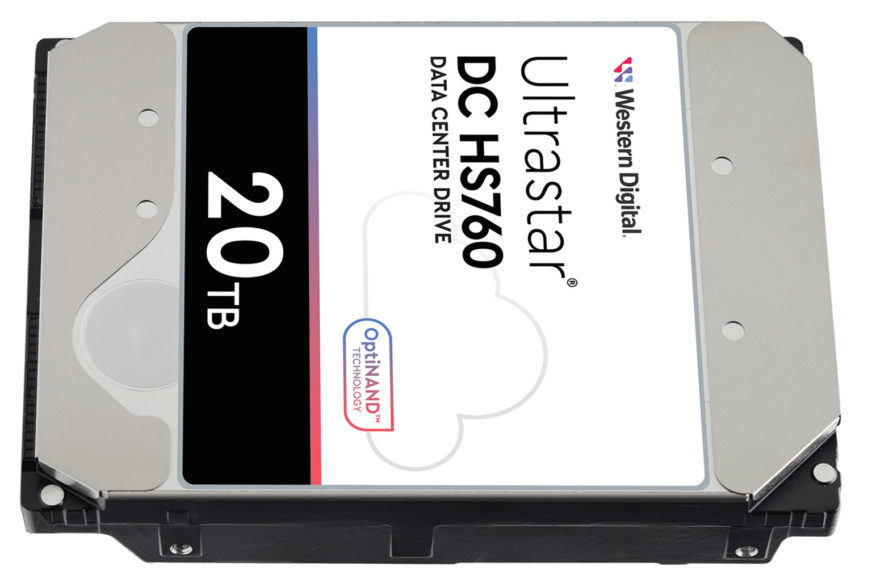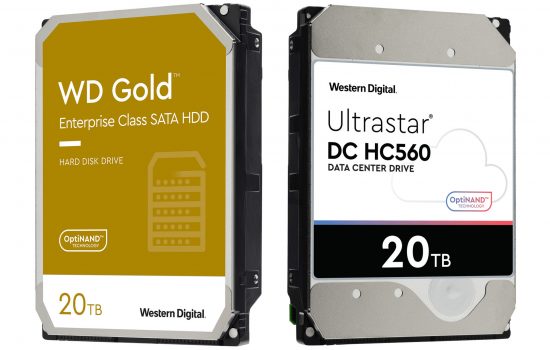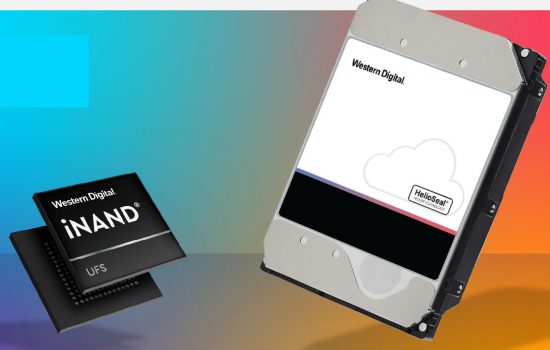Dual Actuator: technology for parallel arms and servo motors operation in Western Digital hard drives
Hard drives are often considered obsolete or plain bad technology, but they still serve an important role when vast storage space is needed without breaking the bank. Fortunately, this technology is still continuing to evolve. We’ve seen HAMR from Seagate recently and now it’s Western Digital’s turn with a performance-enhancing innovation for a change. Performance is chief weakness of HDDs, but there are ways to improve it.
Western Digital has now announced its first hard drives to feature Dual Actuator technology. While new technologies introduced in recent years such as SMR, HAMR and MAMR usually involve the recording surface and recording to it, Dual Actuator focuses on the mechanical parts. It splits the drive into two segments that can operate independently and in parallel. This can double the performance, a bit like a dual core processor does. Especially in sequential read and write speeds.
This technology is not new in the world. WD is applying a concept that Seagate brought to market before it (the company calls it “Multi Actuator” and sells these drives in the Exos 2X line). At first it didn’t look like WD was going to go along with this idea, but now it seems to be showing that the Multi/Dual Actuator makes sense and could become a more common thing at least in some HDDs.
Multi Actuator / Dual Actuator: What’s it about?
What do these technologies entail? If you’ve ever seen a photo of an HDD mechanism, you know that there is an arm in the drive casing that has read and write heads on the end that ride over the platters of the drive. This actuator arm is moved by a servomotor (actuator), and in modern drives there are other elements in the middle and at the end of the arm that adjust the position more finely (so that in the end this mechanism has two or sometimes even three stages).
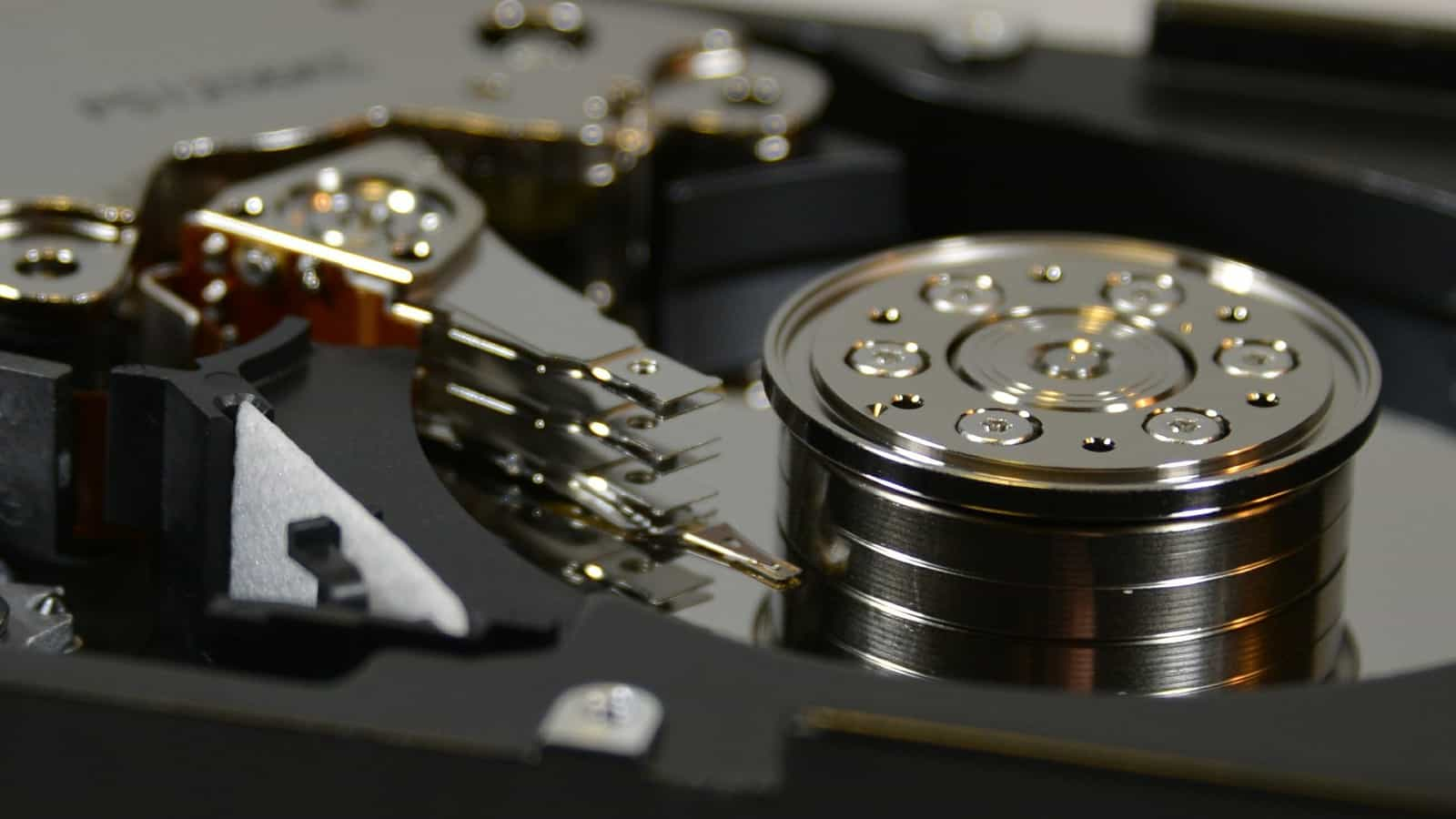
You may have noticed that this arm is actually a system of several arms, because there is a separate arm and heads separately for each platter in the disc (the heads are separate for each side of the platter). However, these arms share only one actuator and and move jointly, but with only one head being active at a time. Unfortunately, it is not possible for all the heads to write and read in parallel at the same time (i.e., perform RAID 0 style data “striping” between the individual recording surfaces). This is because the header has to be set very precisely over the physical position of the track. And in practice, this cannot be done so that all heads hit the appropriate tracks at the same time.
Such parallel writing or reading would need the drive to have independent full arms and servos that perform the basic stage of its control, and drives with Multi Actuator / Dual Actuator technology do exactly that. Instead of one joint set of arms, there are two positioning mechanisms in the disk, each with its own servomotor (actuator). One part operates over half of the disc’s platters and the other over the other half.
Here you can see it in action in a video from Seagate (source: Tom’s Hardware):
This system can be used to ensure that the HDD can either read or write two streams of data in parallel, which improves its IOPS (which are extremely low compared to today’s SSDs though, so doubling them won’t do much), unless the data happens to be present in the same segment of the platters.
The second possibility is that striping is performed between the two disk segments as if they were in RAID 0. In this case, sequential read and write bandwidth is improved instead of IOPS. Sequential throughput of HDDs has increased from about 100–150 MB/s to 250–275 MB/s over the last 10–15 years, but that has been a slow pace of growth. Today, for example, it takes a very long time to fill a large (up to 20TB) drive or to load all the content from it. Drives with two actuators will get over 500 MB/s, so they will finally take full advantage of the throughput allowed by SATA 3.0 (6 Gb/s) interface.
The first Dual Actuator HDD from Western Digital: Ultrastar DC HS760 has two segments but an odd number of platters
WD premiered this technology in the Ultrastar DC HS760 datacenter drive. It is a 20TB HDD that is helium-filled, uses triple-stage-actuator technology (i.e. the aforementioned three-stage precision head positioning) and is based on nine platters with a capacity of 2.2 TB each that use ePMR (energy-assisted recording). Interestingly, the number of platters is an odd number. WD seems to have divided them symmetrically between the two segments/actuators, so each has 4.5 platters.
This might actually make more sense than even number of platters most people would (including us…) probably expect. Because with an even number of platters, there would be two independent arms sharing the space between the fifth and sixth plates, which would require more space and it would certainly be more delicate with regard to reliability. The way it works with nine plates is that for the middle fifth platter, one arm stack is responsible for one side and the other stock for the opposite. That way you don’t have two stacks occupying the inter-platter space and they can’t collide.
WD doesn’t provide exact specifications, but the Ultrastar DC HS760 is said to achieve 2x sequential speeds versus the Ultrastar DC HC560, which is a 20TB HDD of conventional design. For that drive, the company lists sequential speeds of up to 277 MB/s, so the Dual Actuator Ultrastar DC HS760 should presumably achieve speeds of up to 550 MB/s. The drive is also said to have up to 70% better IOPS.
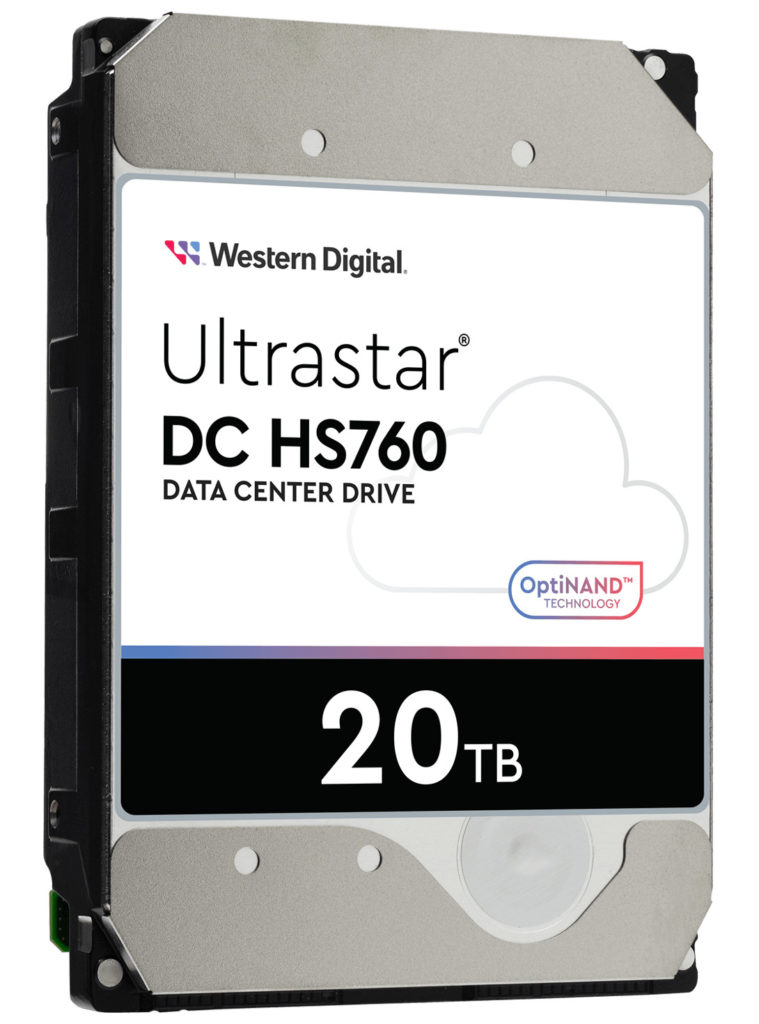
The disc achieves this at the standard rotation speed of 7200 rpm. It uses standard 3.5″ form factor, so it should fit wherever conventional drives fit. That is, except that it uses a SAS (not SATA) interface, so compatibility with it is required. The SAS interface may be necessary in this case because the drive interfaces with the system like two separate 10TB devices – the two segments are exposed separately, so there is some flexibility in using the parallel nature of the HDD, and you can combine the segments into RAID 0 at the operating system level or RAID controller level (but you don’t have to).
The Ultrastar DC HS760 has one more special feature. WD uses OptiNAND technology, which integrates a small UFS SSD that stores metadata. This allows for more efficient use of the HDD recording area for the user data itself as well as better performance. OptiNAND is something that Seagate’s competing Exos X2 HDDs don’t offer.
Read more: WD OptiNAND: a big change in how hard drives work will improve performance, capacity and reliability
WD does not list a price for this drive. Apparently, at least for the time being, it will be sold in business-to-business manner (where interested parties have to approach the manufacturer directly with their inquiry) to large companies, especially large datacenter operators.
Sources: Western Digital, AnandTech
English translation and edit by Jozef Dudáš
⠀





